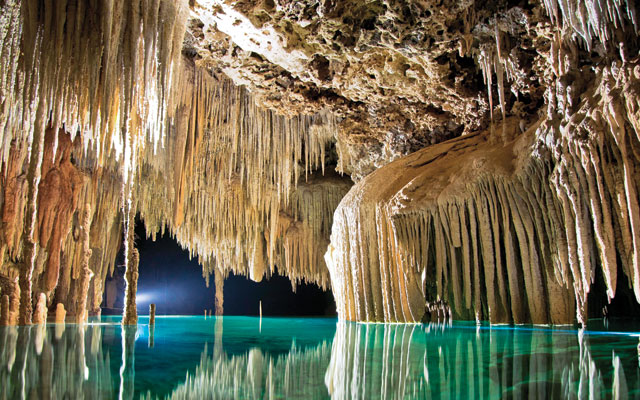More incentives from Asia may soon be making their way westwards, as soon as connectivity improves and prices for trips become more competitive.
Asian corporate incentive groups are appearing to gain a stronger interest in destinations in Central and Latin America, according to destination specialists who have reported a rising number of enquiries from Asian planners.

Susanne K Prenzel, director of sales and marketing of Mexico-based Epic DMC, told TTGmice that while the current Asian traffic for her company is leisure, interest in Mexico is now spreading to corporate incentive planners.
“They are drawn to Mexico’s history, culture and food,” she explained.
So strong and promising is the Asian interest that hotels in Cancun are starting to employ more Asian staff and offer Asian breakfast options, observed Prenzel.
Maria Isabel Castaneda, representative of Peru-based Milenaria Meetings and Incentives, is also seeing Asian demand extending beyond the leisure segment. In response, her company has assigned a staff to attend a tradeshow in China to get business leads.
However, enquiries from Asian corporate incentive planners have yet to be converted into confirmed bookings, with price sensitivity being the main obstacle.
Castaneda said Asian incentive planners often found tailored incentive programmes to be too pricey, preferring instead the cheaper regular leisure tour itinerary.
For Luis Herrera, senior sales manager of Panama-based Panamazing Groups & Incentives, Asian corporate bookings have materialised.
Herrera said: “Two years ago there were no Chinese MICE groups. Last year, we received a few Chinese groups as well as a few Japanese incentive groups that came on cruise ships.”
Mark Jordan, regional director of sales with tour specialist Amstar, has also started to welcome Asian incentive business in the last two years, in the form of three small but high-end Chinese groups that went to Santo Domingo, the capital of Dominican Republic.
He said: “We arranged a walking tour of the Old City and dinner at a high-end restaurant. Their tour was part of a larger Caribbean and Latin America programme.”
However, the progress – while promising – is slow for Jordan.
“I’m constantly told the Asian market is going to explode (particular South Korea, Japan and China), but I’m still waiting for that to happen. For Amstar to have a (sales) office in Beijing, there must be business there,” he said.
Still, he is keen on promoting Central and Latin America as well as the Caribbean to the Asian incentive market. Amstar is pushing the region – everything south of Mexico – as a single destination.
Jordan explained: “If you’re going to come all the way from Asia and you have the budget, you won’t want to just see one destination. A possible itinerary would be three nights in Mexico, two nights in the Dominican Republic, two nights in Jamaica, and maybe even a side trip to Cuba. This is what our vice president of sales promotes when he goes to Asian tradeshows.”
To nudge curious planners into action, Costa Rica DMC is working with the local tourism board on strategic campaigns to increase Costa Rica’s visibility in Asia, revealed Gabriela Sanchez, director of sales & marketing. As well, fam trips for Asia-based incentive agents are offered, and Sanchez said her agency would look into participating in relevant tradeshows in Asia should interest continue to grow.
Destination specialists who spoke to TTGmice explained that the growing Asian interest could have been triggered by recent improvements in air access to Central and Latin America.
Previously, travellers from Asia take almost a day at least – with lengthy transits – to get to destinations in the region. But things have changed with All Nippon Airways (ANA) commencing its first direct flight from Japan to Mexico this year. Joining that is Air China, which launched a service between Shanghai and Panama, via a two-hour Houston transit.
Prenzel believes that the new ANA service will present business opportunities beyond Japanese corporate groups, as it makes Mexico more accessible to travellers from other important Asian markets like Thailand and Hong Kong.
With improved air access, Herrera is expecting an increase of 10 to 15 per cent in Chinese incentive groups over the next two years.





















